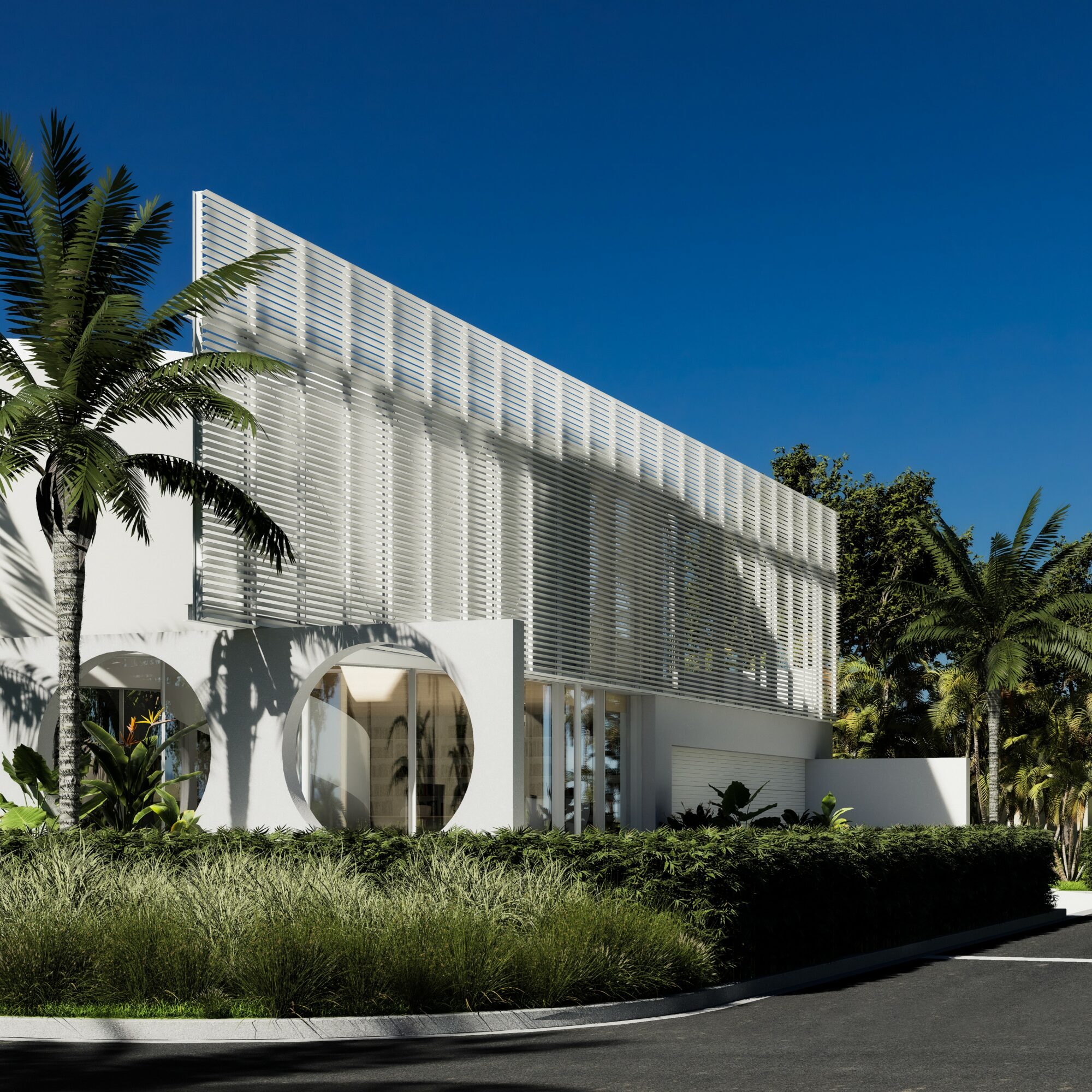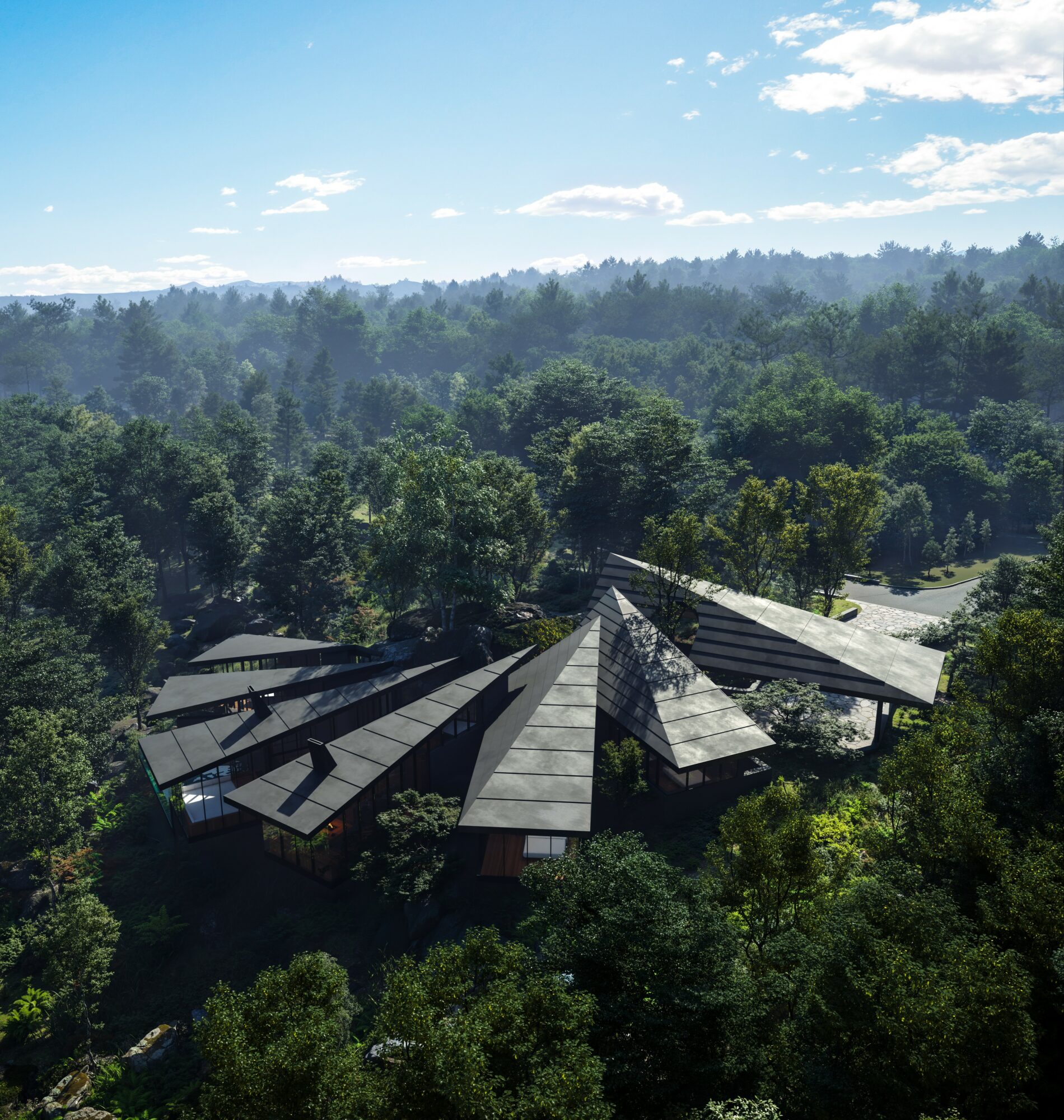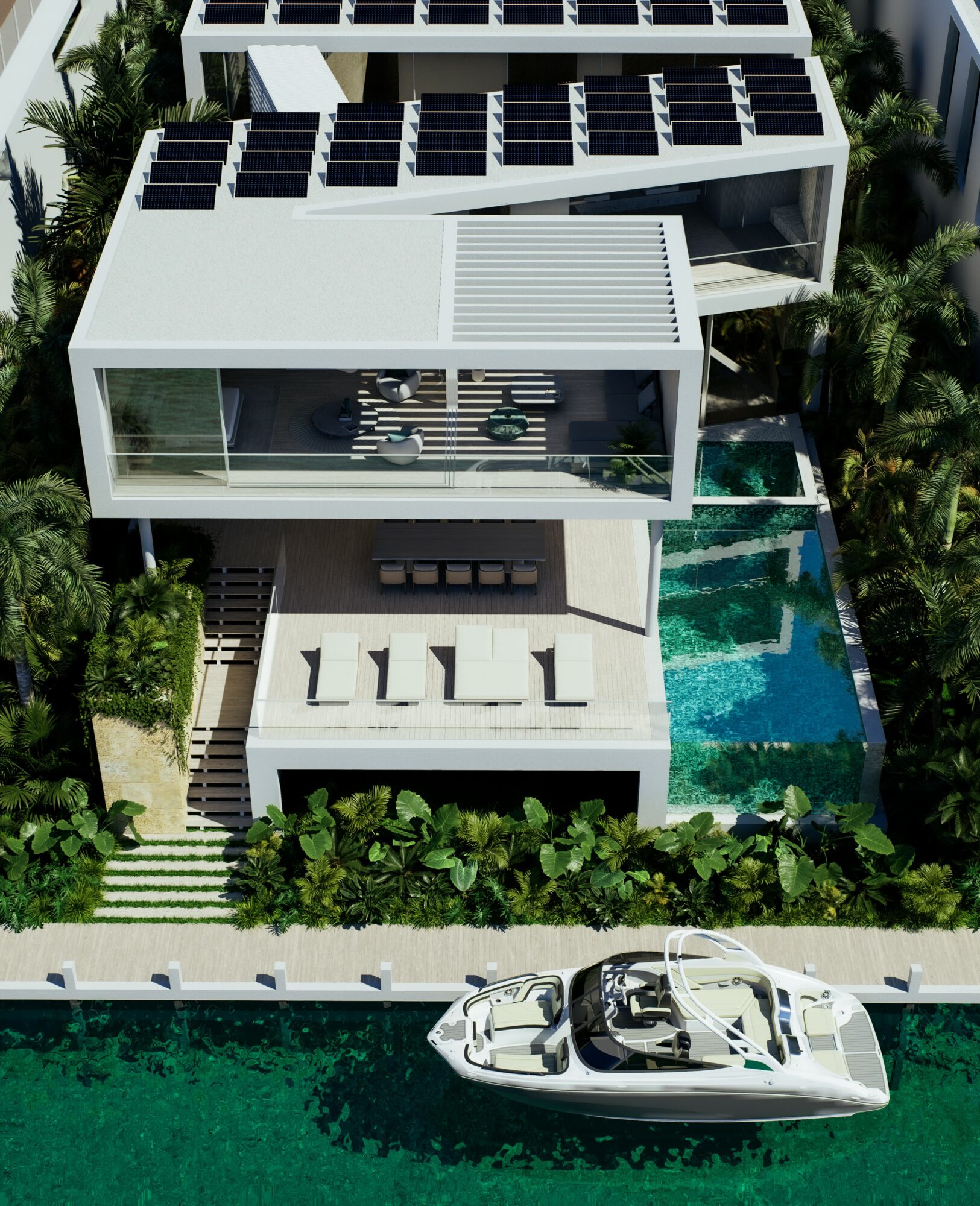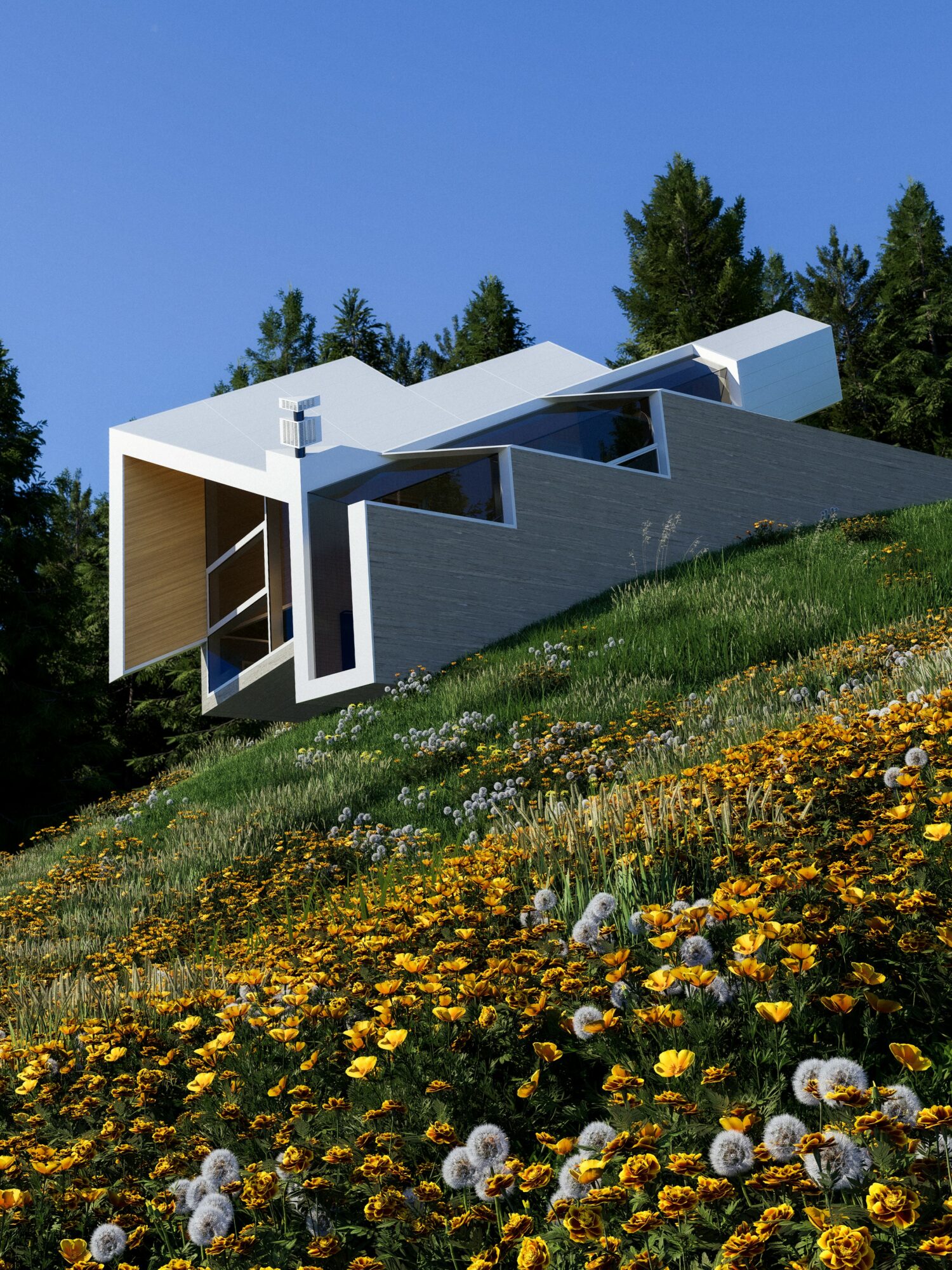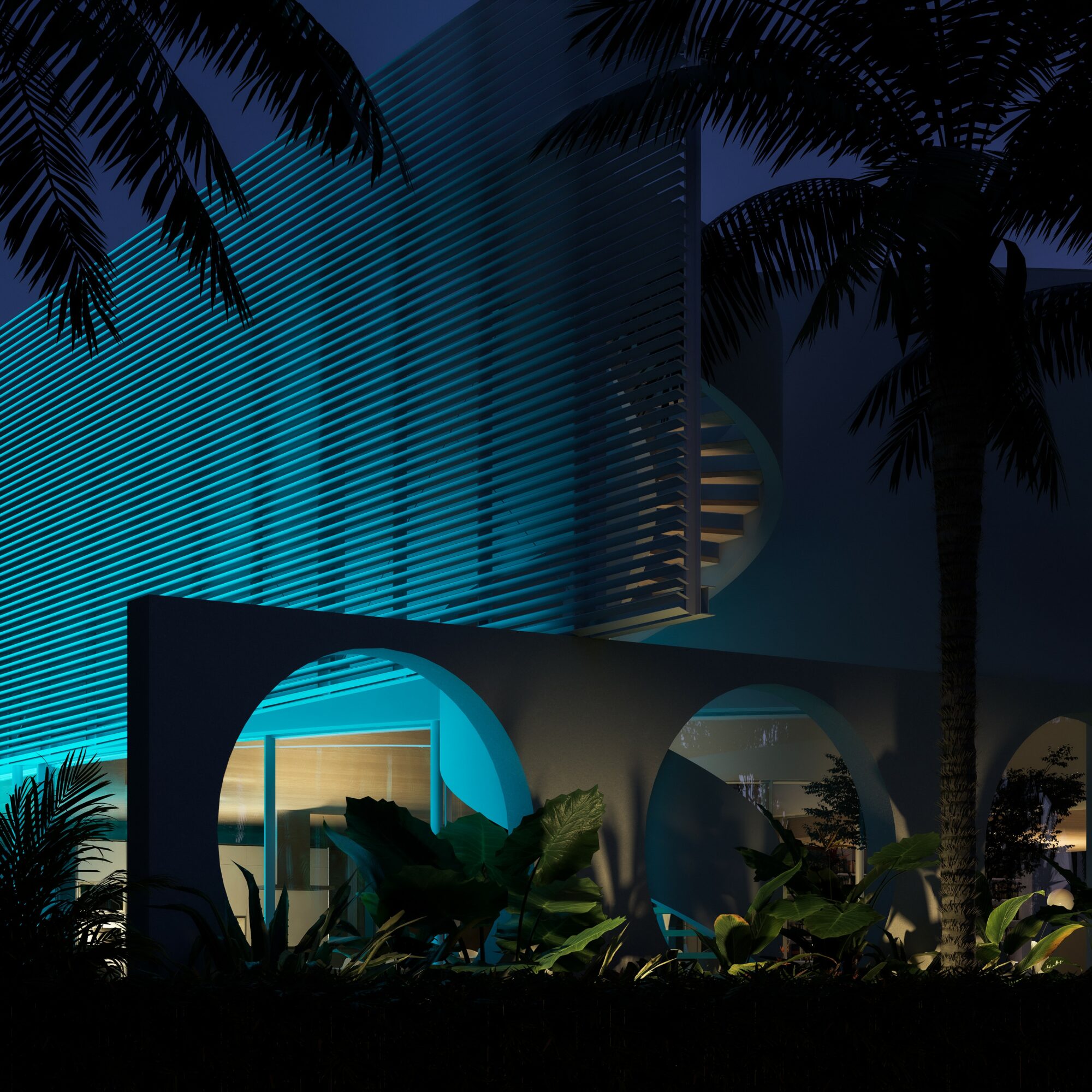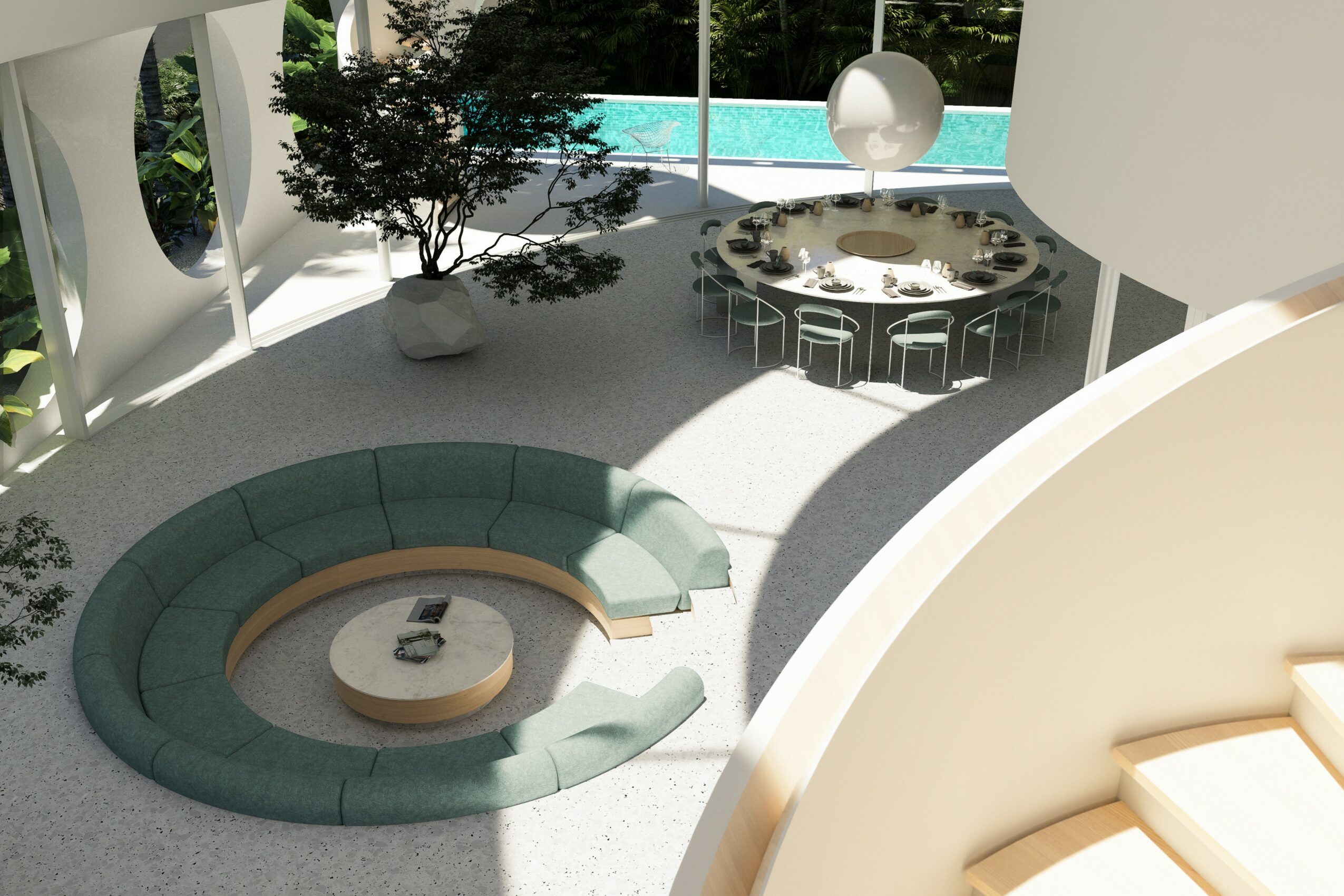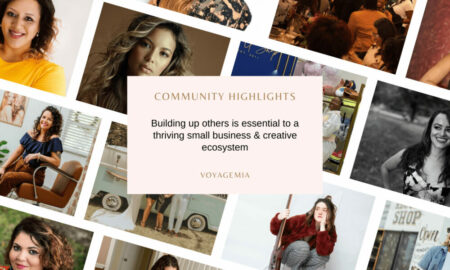

Today we’d like to introduce you to Renzo Lopez.
Hi Renzo, we’d love for you to start by introducing yourself.
I grew up in Miami—surrounded by humidity, sunlight, and the sense that everything around me could be redesigned or rebuilt. Like every future architect cliché, I started with LEGO. I know—every architect says that. But it’s true. I’d spend hours building tiny cities, airports, and towers, only to tear them apart and start again. Eventually, though, I got bored of the bricks. They were too perfect, too modular. I wanted something messier, freer—so I moved on to cardboard boxes.
Cardboard gave me infinite freedom. I could cut, bend, fold, or tape it into anything I imagined. My bedroom floor became a miniature landscape of improvised architecture—bridges, houses, whole city blocks—each one more experimental than the last. In hindsight, that was the beginning of everything: this instinct to invent, to make something from nothing, to test how far an idea could go if I just kept building.
Later, my obsession shifted to the sea. Cruise ships fascinated me—not just as vessels but as moving cities. I started making large-scale ship models, some over a meter long, entirely by hand. Eventually, I began selling them online and to maritime museums. That small hobby became a sort of training ground in design, precision, and persistence. For a while, I was certain I’d become a naval architect.
But life had another plan. My uncle, an architect with his own practice in Lima, Peru, introduced me to the world of architecture in a broader sense—something that could shape human experience as much as it did space. After high school, I temporarily left Miami and moved to Lima to work in his studio, designing high-end residential and multifamily projects along the coast. I also began my architectural studies at the Universidad de San Martín de Porres, learning the language of structure, material, and light.
Eventually, I returned to Miami to pursue my Master of Architecture at Florida International University. FIU was transformative—it reawakened my experimental side and reminded me of those cardboard cities from childhood. It was there that I learned how to balance craft and curiosity, concept and construction.
After several years working with local Miami firms on civic, hospitality, and residential projects, I founded Anomaly Department in 2022. The studio was born from the belief that architecture should always depart from the ordinary. It’s part practice, part laboratory—a place where ideas are tested through models, drawings, and built work.
Today, I balance practice, teaching, and research, still guided by that same restless curiosity. Whether I’m mentoring students, refining a competition entry, or building a physical model late at night, I’m chasing that same feeling I had as a kid with cardboard and tape—the joy of turning imagination into something real.
Would you say it’s been a smooth road, and if not what are some of the biggest challenges you’ve faced along the way?
Nothing in architecture is ever a smooth road—nor should it be. The pursuit of becoming an architect isn’t for the faint of heart. You spend countless hours imagining, drawing, and producing, only to tear it all apart and start again. After months of effort, you get ten minutes of feedback during a final review. It’s an exercise in creative resilience. You have to be a little crazy—in the best way—to commit to that kind of process.
For me, architecture has always been an art form in its purest expression. But that purity is constantly tested. In school, you’re pulled in multiple directions, each professor pushing a different ideology, forcing you to explore unfamiliar terrain and develop a well-rounded sense of what design can achieve. But when you graduate, everything changes. You step into professional practice and quickly realize that much of what you explored in school doesn’t fit neatly into the real world—where budgets, zoning, and client expectations dominate.
One of the biggest challenges as a young graduate starting your own practice is finding the time—and the discipline—to keep exploring those creative ideas outside of school. Most people get swallowed up by the routine of a job and gradually forget the ideas that once excited them. In many ways, graduation is not the end of formation but the beginning of it. It’s the moment when the real work starts—when you must cultivate your own voice, your own architectural language, your own belief system. And that requires an almost obsessive persistence: to keep refining your ideas until they become something not just personally fulfilling, but meaningful to others.
Unfortunately, today’s profession often feels divided. There are architects who pursue creative work only for the approval of other architects within a niche circle—and others who abandon creativity entirely, catering solely to client demands without questioning what architecture could contribute to culture. This split has created a disconnect: a society where only a small portion of the public recognizes or values ambitious architecture, while the rest see it as strange, elitist, or wasteful.
To me, that’s where the real challenge lies. Architects need to be ambassadors—to educate, to inspire, and to rebuild that bridge between creativity and public understanding. Because when architecture is done with purpose, it’s not just about form or recognition—it’s about shaping how people live, feel, and dream.
As a young practitioner, I’m still learning how to navigate all of this—how to balance creativity, practice, and purpose. And while that might be the biggest challenge of all, it’s also the most welcome one.
As you know, we’re big fans of Anomaly Department . For our readers who might not be as familiar what can you tell them about the brand?
I founded Anomaly Department in 2022 as both a practice and a platform for curiosity. The name itself comes from the idea of embracing the “anomaly” — the unexpected condition, the departure from what’s typical. To me, architecture should always depart from the ordinary. Every project, no matter the scale, is an opportunity to question conventions and reimagine how people experience space.
We’re a small studio based in Miami, but we think globally. Our work ranges from private residences and small experimental homes to conceptual proposals, competitions, and research projects. What ties it all together is a consistent curiosity about environment, climate, and human experience. Whether it’s a villa in the Dubai desert designed around wind and shade, or a micro-home that revolves around a central rotating wall, each project begins with a question — not a stylistic formula.
What sets us apart is our commitment to exploration through making. I still build physical models for nearly every project — not just as presentation tools, but as thinking devices. It’s through models that ideas become tangible, that scale, light, and proportion reveal themselves. In an age dominated by digital visualization, there’s something grounding and honest about having a physical object to test an idea against.
Brand-wise, what I’m most proud of is that Anomaly Department isn’t afraid to experiment. We’re serious about craft and precision, but equally open to imagination and risk. I want people to sense that duality in our work — that tension between control and curiosity.
Ultimately, I want readers to know that Anomaly Department is about creating architecture that resonates emotionally and culturally — not just visually. We aim to produce work that performs intelligently, engages the senses, and, above all, connects to its context in meaningful ways. Whether it’s a home, a competition entry, or an installation, we approach each project as an opportunity to test how architecture can respond poetically to real-world conditions.
Anomaly Department isn’t just a brand — it’s a mindset. It’s about exploring how far an idea can go, and how much beauty can come from questioning what’s considered normal.
Is there something surprising that you feel even people who know you might not know about?
Something that usually surprises people is that I’m also a DJ. Music has always been a big part of my life — not just as background noise, but as another form of composition. When I’m mixing, I think in layers, in rhythm, in atmosphere — the same way I approach architecture. There’s a kind of spatial choreography to sound: transitions, pauses, tension, release.
I think that’s why both worlds feel so connected to me. Architecture is about orchestrating how people move through space; DJing is about guiding how people move through time. Both rely on intuition, pacing, and emotional timing. I’ve learned that rhythm — whether visual, spatial, or musical — is at the core of any good experience.
So while it might seem unrelated, DJing is another creative outlet that keeps me attuned to flow, mood, and storytelling — things that, in the end, find their way back into my architecture.
Contact Info:
- Website: https://www.anomalydepartment.com/
- Instagram: anomaly_department_
